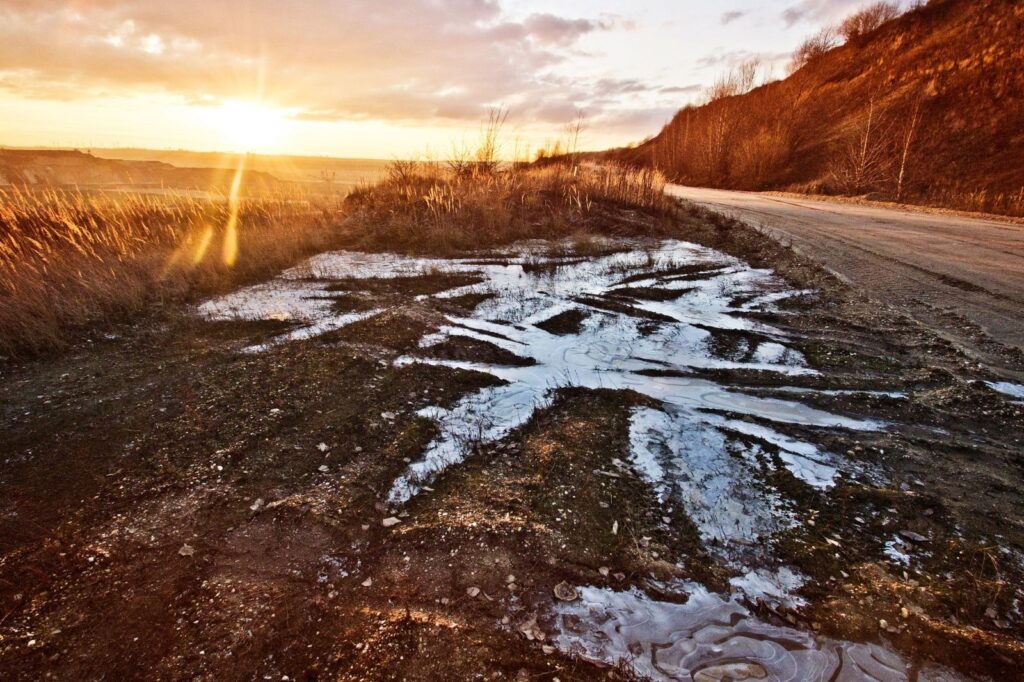The American Midwest is famed for its agricultural prowess. However, last year the primary season of crop growth was marked with massive rainfalls that negatively impacted harvest quality. With the 2020 spring arriving soon, another such wet period is expected to devastate America’s agriculture industry.
In this article, we break down the relationship between these continuous wet spring periods that the United States is experiencing, and the overall climate crisis that the entire world is facing. We also provide a concise update regarding the exact nature of the upcoming spring and its impact on agriculture.
The climate change was predicted
Climate analysts have been warning about rash changes in the weather for a long time, and we’re finally feeling the truth of their predictions. They claim that the overall temperature of the atmosphere is growing. With ongoing population and industrial growth, as well as a lack of pollution control, the atmosphere is being constantly heated. The wet spring is a direct result of this phenomenon.
Specifically, a wet spring is a result of the increased capability of the atmosphere to retain water, which results in untimely rainfalls. Certain climate experts are claiming that the clouds that caused the wet spring in 2019 were mostly created in the Gulf of Mexico, and that a similar pattern is to be expected this year as well.
How is the rain harming the soil
The increase in rain levels is harmful to both the planting of crops and their growth. During the early spring season when corn is planted, it is usually sunny and dry. But last year’s rains and the expected period this year will not provide the opportunity for such a sowing season. The soil is likely to remain muddy, meaning that any seeds planted will either be flooded out or not be able to take growth at all.
If there are sunny patches that allow you to create a seedbed, heavy rains during the growth period will ultimately ruin the crops. This is exactly what happened during the previous wet spring and many farmers had to waste thousands of acres of crops. It’s not all doom and gloom – many farmers found that a shallow tillage pass could get into their wet fields earlier than other machines, allowing them to reap the benefits.
While until a few years back climate change was still a concept only to be read or heard about, it is now a grim reality for farmers in the American Midwest. Studies claim that heavy rains are as bad as draughts when it comes to agriculture. A very tough time lies ahead for American farmers and major changes in the farming process could be required if the wet spring becomes a constant part of the American climate.
2020 Wet Spring: What to expect
- If you are a corn farmer, then early June is the best time to start your yearly planting. While this does not leave a large window, anytime after this will not be possible due to higher temperatures.
- For soybean planters, mid-June is the best season when the crops could be allowed to grow. Most farmers are expected to shift from corn to soybean in order to minimize the impact. With the current trade war in place, however, the demand for soybeans from China has fallen, leading to lockdown conditions for farmers.
- Farmers who practice animal husbandry should expect cattle feed prices to go up. As most of the cattle feed is made from corn by-products, a poor harvest will result in an all-round increase of prices.
- Holistic farming practices are being advised in order to reduce impact and to promote better climate conditions overall.
America is one of the largest suppliers of grains in the world. However, due to the wet spring phenomenon, this could quickly change. The climate crisis is now more real than ever, and nothing short of a consolidated stand will be able to avert the harsh weather conditions that may follow. American farmers are warned to expect low yield, and also to plan and prepare for poor conditions.
We will keep updating our blog as more news about wet spring 2020 follows up so that you can take the best of precautions.


